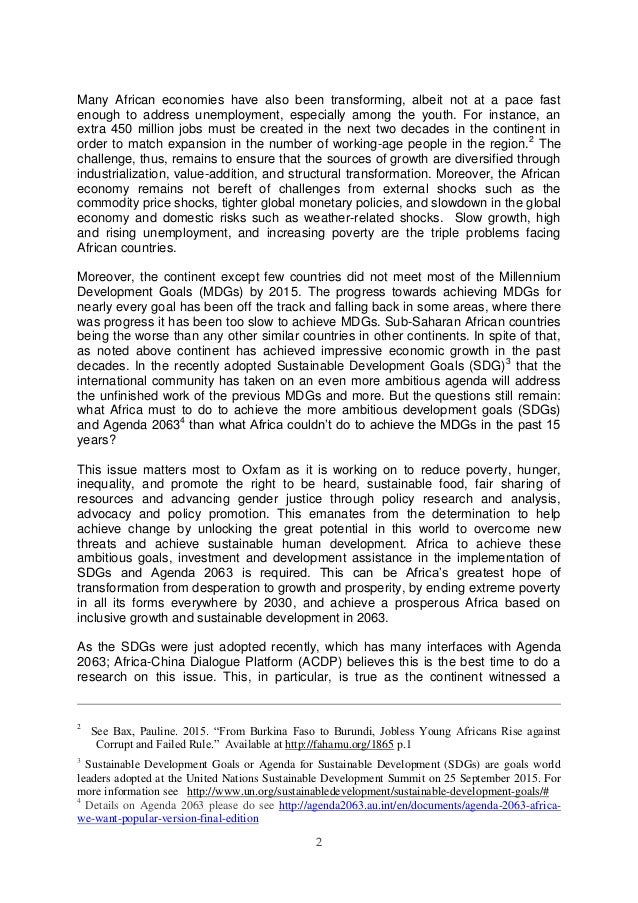


Water resources are also under great urban pressure, due to changes in flow processes, namely increasing runoff and flashiness linked to enhanced flood hazard, and decreasing water quality and degradation of aquatic ecosystems. vehicular traffic and inappropriate waste disposal), which restrict their ability to provide ecosystem services. Urban soils are partially sealed and subject to severe compaction, erosion and contamination from several sources (e.g. This manuscript reviews the most significant soil and water degradation processes in urban areas and their environmental impacts. Over the few last decades, increasing population and expansion of urban areas has triggered faster land degradation. The results are obtained in the laboratory during the degradation of composite materials based on cement by high-temperature. These acoustic methods allow identifying defects and are thus suitable for monitoring the building structure condition. Both methods are based on the acoustic properties of the material which are dependent on its condition. This paper reports the results of measurements by Impact-echo method and measurement by ultrasound. In addition, fully developed fires cause expansion of structural components and the resulting stresses and strains must be resisted.

The concrete structural components still must be able to withstand dead and live loads without collapse even though the rise in temperature causes a decrease in the strength and modulus of elasticity for concrete and steel reinforcement. One of the advantages of concrete over other building materials is its inherent fire-resistive properties. Thanks, the terrorist attacks on the worldwide interest in the design of structures for fire greatly increased. This can be explained by disorganised administrative and legal issues, as well as the inefficiency of mutual communication. Different institutions evaluate the same thing at different levels of detail, but there is currently no fast, efficient and accurate exchange of information. However, according to the research conducted within the article, information on real estate is not always up to date, available or linked between different holders of information sources. The quality of real estate is assessed by different institutions according to the specificity and necessity of their activity, for example, planning and monitoring of territory development, application of real estate tax, as well as determination of the value of real estate. The topicality of degraded objects is also observed in the main national and municipal development planning documents. The article aims at investigating the problems of identifying, assessing and monitoring the degraded real estate in the context of urban development. The topical issue under consideration is directly related to the physically deteriorated real estate that falls into the category of degraded or even dangerous buildings and structures.

Nowadays real estate plays an important role in the life of a person: it is one of the important elements of the quality of life (dwelling, workplace), as well as of public spaces, especially the outdoor space, i.e., the elements that make up the image of the city and the aesthetic enjoyment of the city.


 0 kommentar(er)
0 kommentar(er)
